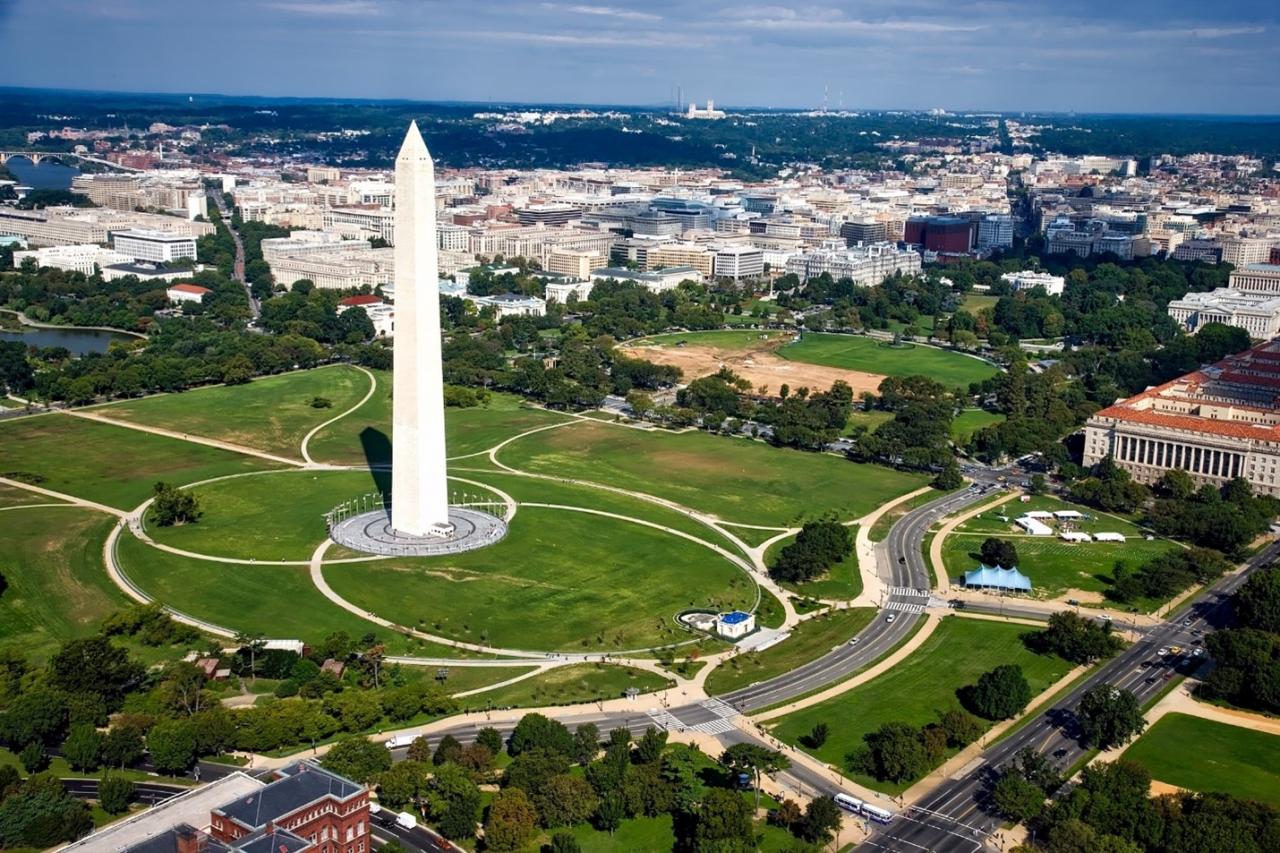The White House is more than just the most historic home in American history, it’s also designated as a national park bringing nature closer to politics. The national monument is also a national park.
The White House is a national monument, but many don’t know it’s designated as a national park. President’s Park South is located in the center of Washington D.C., descending in a gradual sloping lawn south of White House.
Pierre Charles L’Enfant first identified the site for the park associated with the White House in 1971 that was called “President’s Park.” The presidential park connects the White House to the National Mall, covering 82-acres purchased by the federal government in 1792 and became an official section of U.S. Reservation 1.
The south section of the landscaping (the future Ellipse) remained relatively untouched until 1851, when landscape designer Andrew Jackson Dowing was hired to prepare a new development plan. Dowing was tasked with designing a development plan for President’s Park and the National Mall to transform the areas for public use.
The development plan was delayed following the death of Downing and the site’s heavy use during the Civil War with severe damage to the park. The site was used for military purposes until 1865 with the development project commencing from the 1870s through the 1880s reshaping the area into a public park.
The public park landscape became further refined with the McMillan Plan in 1901,based on L’Enfant’s 1791 plan. President’s Park has a historic period of significance from 1917 to 1947, being designated a part of the National Historic Landmark District in 1970 and was placed on the National Register of Historical Places in 1980. Though it took a long time to achieve, President’s Park is a unique part of the National Park Service with a rich history.

